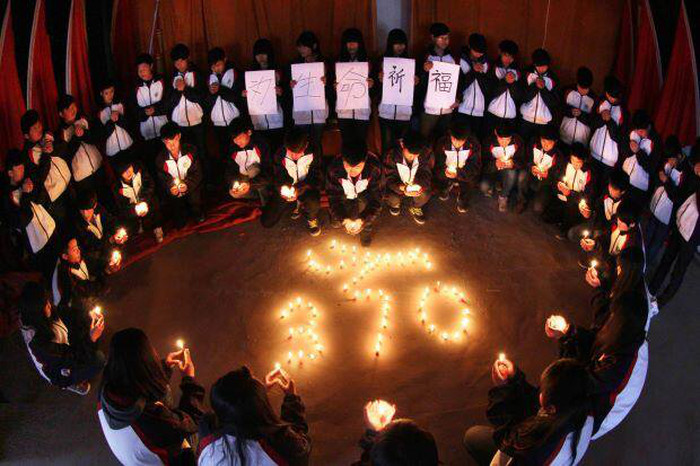Photo credit: Star online
The news reporting the publication of the safety investigation into the disappearance of flight MH370 in March 2014 took me back to that fateful day. I was working in KL and my client was an ex-Malaysian Airlines employee. This was the first time Malaysian Airlines had a missing aircraft and although they would have had a clear crisis communications plan, the enormity and uncertainty of this situation was a shock to everyone. Anger and frustration are very common reactions to shock, so I simply told my client “Just tell your ex-colleagues to look after the families – if not, they’ll go to the press and vent on social media”.
In the coming weeks and months the speculation and uncertainty on the fate and location of the aircraft grew. Yet the Malaysian authorities failed to produce any conclusive answers so inevitably the families grew increasingly angry and frustrated. They all wanted closure so they could make proper arrangements for their lost relatives. This is not unusual and something we can all relate to. However, as the weeks became months and years, the crisis then became a search and an investigation. Two years after the disappearance, with the compensation claim deadline looming, those missing were officially confirmed as dead. In total, 27 pieces of wreckage have been found in La Reunion, Mauritius, Madagascar and the south east coast of Africa. Some were confirmed as from the missing flight, yet the extensive search at sea drew no further clues – only a few undocumented shipwrecks.
There is no doubt this was an incredibly difficult tragedy for all sides to manage due to the duration and difficulties with finding out what happened to the missing aircraft. What is clear is the fractured relationship between the Malaysian authorities and the families of the 239 souls onboard. Even when there is very limited information, as in the case of MH370, maintaining clear, open lines of communication is critical to maintain trust in both the process and with the authorities during an emotionally charged situation. Unfortunately, this hasn’t always been the case with this tragedy, as demonstrated on the streets of Beijing on the second anniversary of the aircraft’s disappearance.
Despite their efforts to get answers and closure since March 8 2014, the families of those onboard simply had to wait, and wait. Until yesterday. Unfortunately there is more anger and frustration with the families. The authorities invited the families to Malaysia for a briefing on the safety investigation findings but gave them less than a week’s notice. This fuelled more anger as this gave many too little time to make practical arrangements required to travel, particularly the families of the 189 non-Malaysian passengers.
Secondly, the safety investigation findings themselves, which does not offer closure. The 443-page report is full of data and analysis of all known information, but it is the unknown that makes drawing an absolute, accurate and conclusive outcome nigh on impossible. Which leads to the question “What were the families told this report would cover?” Yes, it looks likely we never know exactly what happened to MH370, but how the safety investigation has been presented does leave the door of hope still open to relatives who are anxious to see it closed. It is an exceptionally tough situation for all concerned.
There is no text book approach to crisis communications as every crisis is different with its own set of challenges. However, the case of MH370 is unique. To the rest of the world, what happened to MH370 is the worlds’ greatest aviation mystery. Yet for many of the families of those onboard, the door of hope is still open, which means we will be reading and viewing more emotionally charged headlines. The fractured relationship between the Malaysian authorities and the families may be irreparable, but there remains a moral duty of care obligation. There is currently a window of opportunity to re-establish communication, listen and work at their differences, as well as rebuilding public trust and the reputation of Malaysian Airlines. I am however left wondering – is this as challenging as finding out what happened to the ill-fated flight MH370?
You can read the full safety investigation report here.

